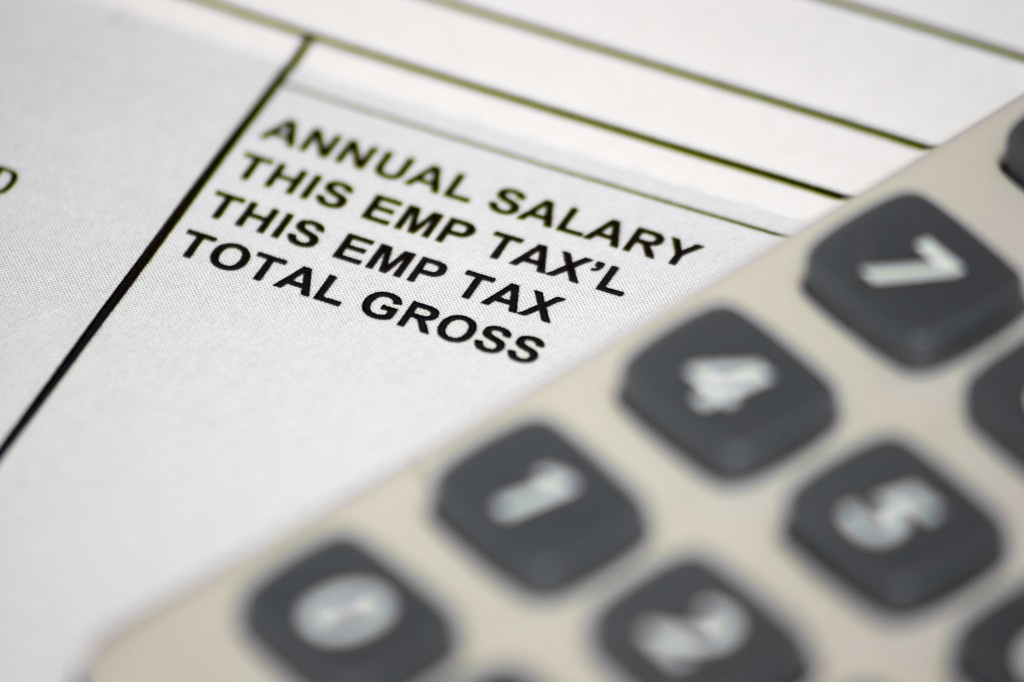Is it time for tax loss selling?
Investors might have their first tax loss selling opportunity since 2011
Advertisement
Investors might have their first tax loss selling opportunity since 2011

Share this article Share on Facebook Share on Twitter Share on Linkedin Share on Reddit Share on Email